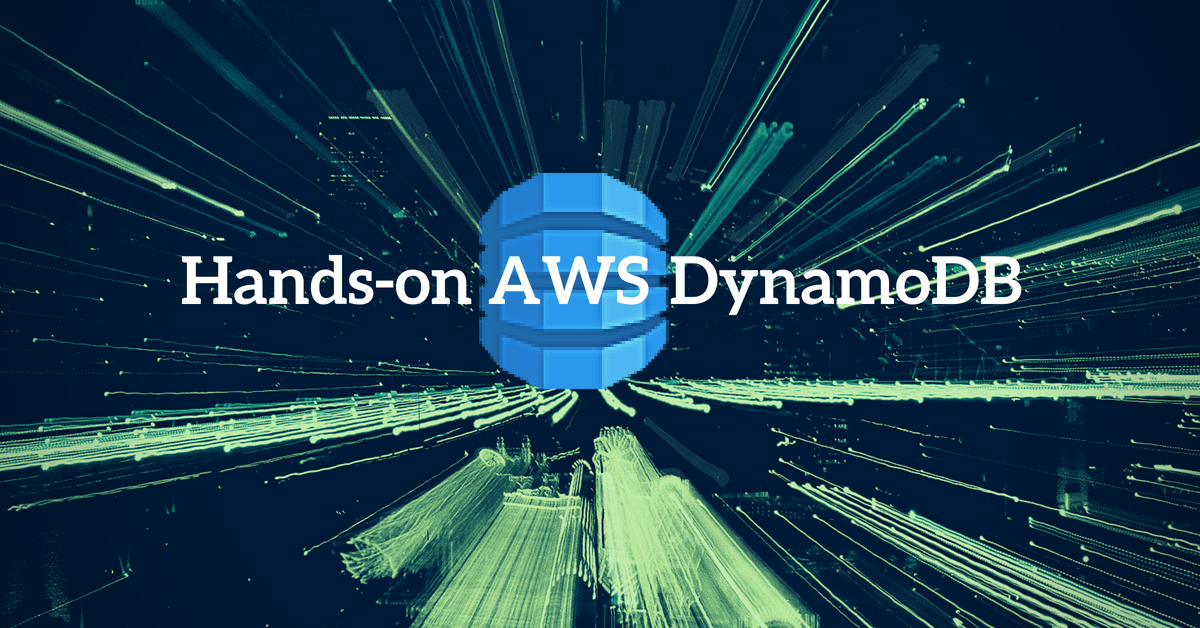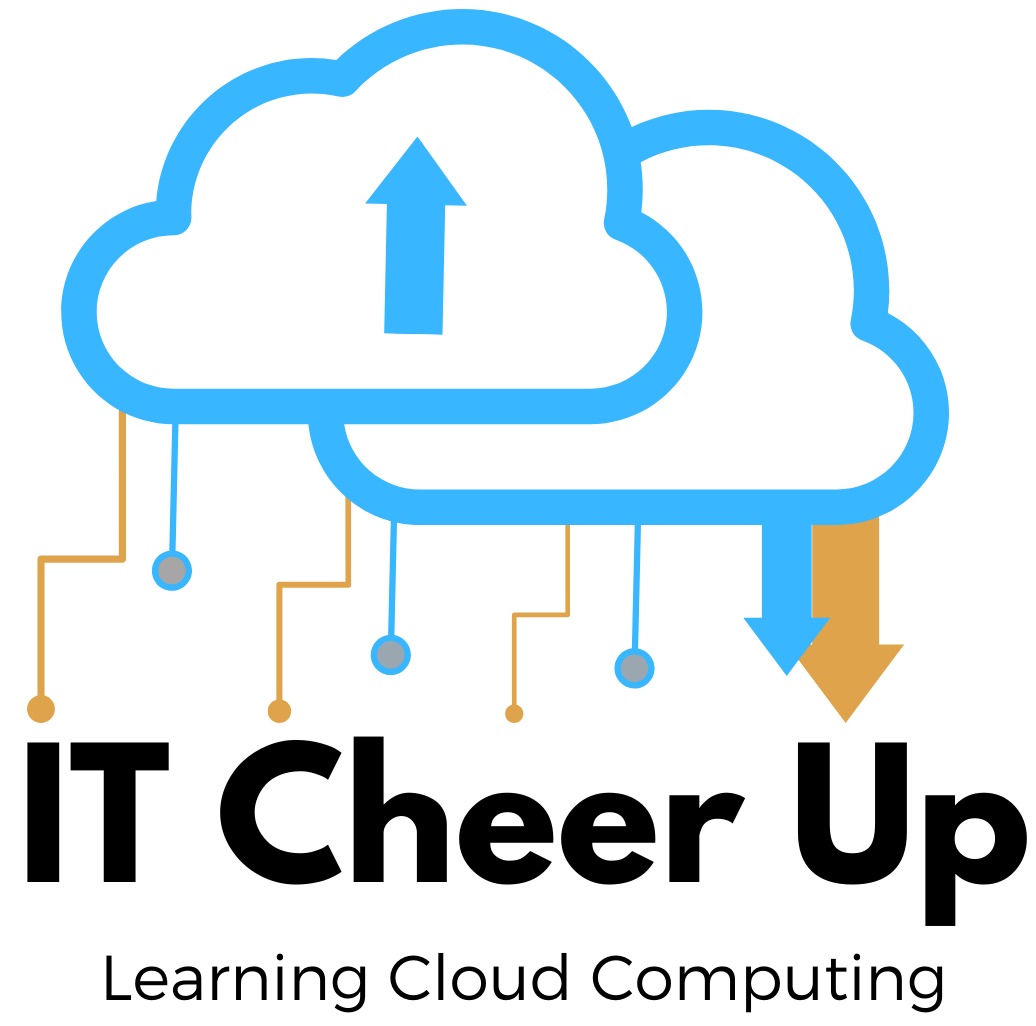AWS NoSQL Database Solution: Hands-on AWS DynamoDB

Hands-on AWS DynamoDB
I’m so happy to announce that my new course Hands-on AWS DynamoDB is published! The course Hands-on AWS DynamoDB is designed for anybody who wants to learn AWS NoSQL Database Solution DynamoDB. There are twelve fun hands-on projects in this course. Such as creating DynamoDB Tables, loading data, processing data operations, enabling dynamoDB Streams with TTL to manage modification, replicating table with Global Tables, setup Triggers with Lambda function, building the Serverless Web Application and setup web identity federation. You will also learn the basic knowledge of other associated AWS services (e.g. S3, IAM, Lambda, CloudWatch, and CloudTrial).
Once you have completed this course, you should be able to deploy your NoSQL database on DynamoDB, operate and maintain data, monitor and secure the database.
What is NoSQL Database?
NoSQL databases are nonrelational databases. But, NoSQL means Not Only SQL. So it provides a mechanism for storage and retrieval of data that is modeled in means other than the tabular relations used in relational databases(RDBMS). Even more, it is optimized for scalable performance and schemaless data models. They use a variety of data models, including columnar, document, graph, and in-memory key-value stores. NoSQL databases also are widely recognized for their ease of development, low latency, and resilience.
What is AWS DynamoDB?
AWS DynamoDB is a fully managed proprietary NoSQL database service. It is offered by Amazon.com as part of the Amazon Web Services portfolio. It has the following features:
- Fast and flexible non-relational database
- Fully managed cloud database
- Support both document and key-value store models
- Highly Scalable
- Fine-grained Access Control
- Event Driven Programming
Another popular NoSQL database choice is MongoDB. Please review this post on the difference between these two NoSQL databases.
Course Agenda
- AWS Databases Overview
- What is Relational Database?
- What is Non-Relational Database?
- The Purpose of AWS Databases
- Summary
- AWS DynamoDB Overview
- What is DynamoDB?
- DynamoDB Basic Concepts
- DynamoDB Read Consistency
- Summary
- DynamoDB Data Operations
- DynamoDB Access
- Create Tables and Load Data
- Naming Rules and Data Types
- Primary Key
- Secondary Indexes
- Throughput Capacity
- Scan and Query Table
- CRUD Items
- Serverless Web App Example
- Summary
- DynamoDB Management Tools
- DynamoDB Streams
- Backup and Restore
- Metrics, Alarm, and Tags
- Summary
- DynamoDB Security
- Encryption at Rest
- Web Identity Federation
- Summary
- Conclusion
- Bonus Section: DynamoDB Accelerate (DAX)
Labs Overview
- Create Tables and Load Data
- Setup Secondary Indexes
- Setup Capacity and Auto Scaling
- Scan and Query Tables
- CRUD Items
- Build Serverless Web Application
- Enable DynamoDB Streams with TTL
- Replicate Table with Global Tables
- Create a Trigger with Lambda Function
- Point-in-time Recovery Backup and Restore
- Monitor with DynamoDB Management Tools
- Setup Web Identity Federation
Course Enrollment
Please check the following links for the course enrollment:
My teachable site
Udemy
Skillshare






